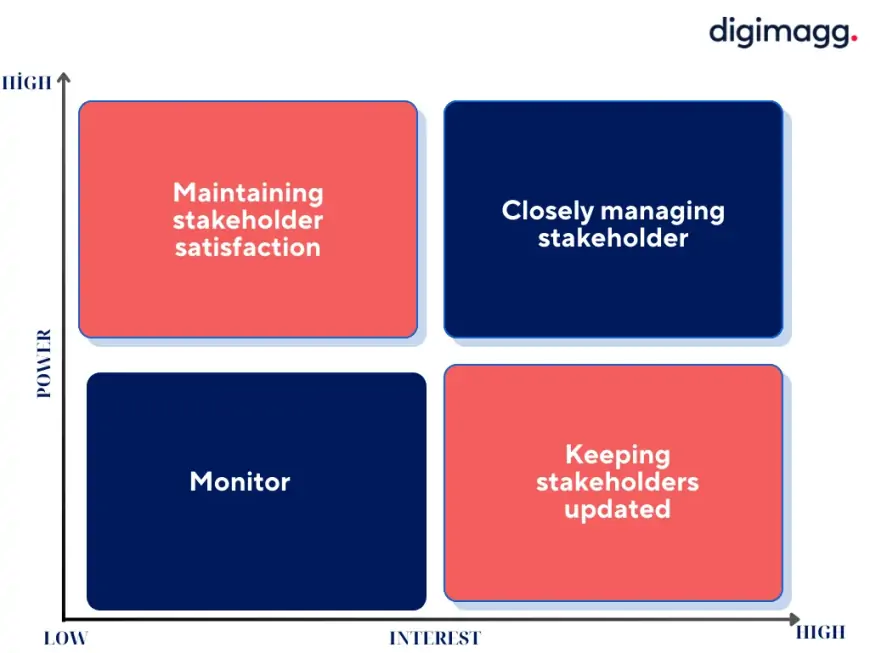What is a stakeholder analysis? A comprehensive guide
A stakeholder analysis assesses the interests, influence, and relationships of individuals or groups involved in a project or organization.

Stakeholder analysis in project management identifies project stakeholders, their concerns, and project impact. It helps prioritize communication and updates for stakeholders throughout the project, ensuring effective engagement. This article explores stakeholder analysis, its execution, and significance.
Understanding stakeholder analysis
Stakeholder analysis is initiated at a project's onset to grasp the needs and main demands of each stakeholder. These encompass investors, advisors, sponsors, team members, and both current and potential customers—any party affected by the project.
The primary aim of conducting a stakeholder analysis is to identify the main stakeholders and their requirements at the project's outset. This understanding is crucial as it helps anticipate and manage potential conflicts between stakeholders' expectations and the project's objectives.
How to conduct stakeholder analysis
Conducting a stakeholder analysis commences with gathering comprehensive information to grasp each stakeholder's requirements, as outlined by Chris Mattmann, NASA Jet Propulsion Laboratory's Chief Technology and Innovation Officer (CTIO). Typically, the team's designers would engage in individual interviews with stakeholders to comprehend their processes, needs, constraints, and interests.
To illustrate, Mattmann presented a hypothetical project aiming to map the water in the western United States, involving various systems and teams like field experiment conductors and equipment such as airplanes, towers, and satellites. The stakeholder analysis entails interviewing each stakeholder, including sponsors, data providers, IT personnel, and project developers.
Post-interview data collection, the team reviews and interprets the information, often utilizing methods such as arranging sticky notes on a wall or employing software tools to organize raw data. The goal is to discern patterns and potential conflicts among stakeholder insights.
Mattmann elaborates that stakeholder analysis involves conducting interviews, design work, brainstorming, and mapping the results against core project requirements defined by sponsors. If stakeholder feedback diverges significantly from project requirements, adjustments to the project scope or direction might be necessary, ensuring alignment before project commencement.
Guidelines for creating a stakeholder map
Creating a stakeholder map enables visual interpretation of communication frequency, management intensity, and satisfaction/information needs for each stakeholder. Mattmann suggests defining key dimensions and constructing quadrants to optimize these aspects, thereby grouping stakeholders accordingly on the map.
As an illustration, you could opt to classify stakeholders based on their significance and impact. A chart could resemble the following:

After determining each stakeholder's position on the table, you can decide on the appropriate communication approach for each.
According to Mattmann, it's crucial to maintain frequent communication with the most important stakeholders to sustain their interest in the project. This might involve daily updates to ensure their continued engagement.
Conversely, stakeholders with lower influence or lesser impact on the project may not require regular communication. As Mattmann highlights, it's acceptable if their interest in the project is lower, especially if they aren't key stakeholders contributing significant value.
For instance, in the scenario of mapping water levels in the western U.S., stakeholders like data providers may only need periodic updates rather than daily contact. Mattmann emphasizes the importance of managing stakeholders based on their level of interest and contribution, rather than solely on their influence or financial investment.












































